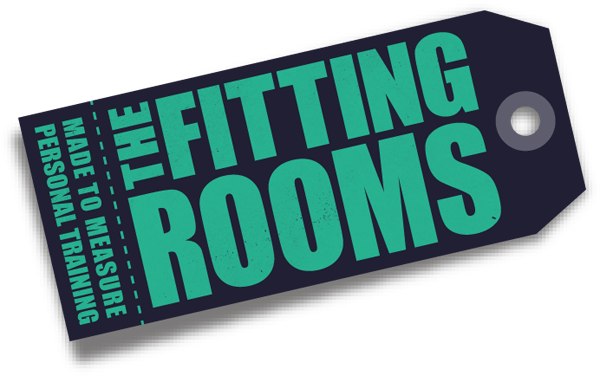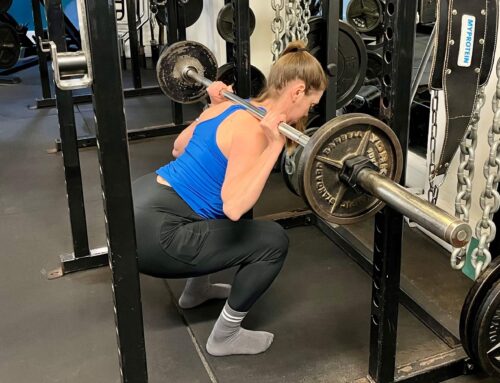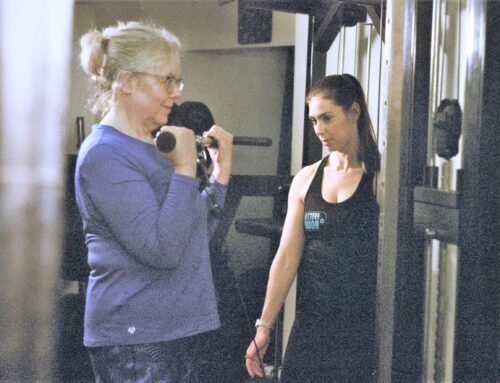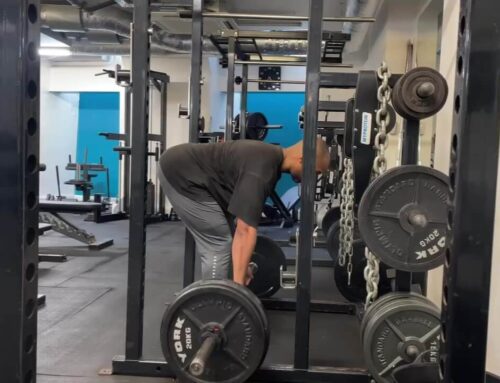No Pain, No Gain! How hard should you workout?
We’ve all heard the old gym saying, “no pain, no gain”, but is that really the measure we should use to gauge the effectiveness of our workouts, or is understanding how hard you should workout a little more complicated than that?
In reality, how hard you should workout, which will be measured by the intensity and duration of your gym workouts, should depend on your individual goals, current fitness level, and overall health. And bearing those in mind, it is then a matter of finding a balance between challenging your body whilst still allowing for adequate rest and recovery.
Guidelines for how hard you should workout
Here are a few general guidelines to consider to help you motitor how hard should you workout…
Set measurable goals
Whether you’re working towards improving body composition, building strength or increasing endurance, having a clear objective of what you’re trying to achieve will help guide your efforts.
Follow a programme
Following a structured training programme, aligned to your goals, is the best way to ensure you optimise your time in the gym, stay on track and can monitor your progress over time.
Increase intensity over time
As your fitness level improves, increase the intensity of your workouts by adding more weight, performing more reps, or reducing rest periods, according to your current programme. This progressive overload stimulates adaptation and helps prevent plateauing.
Consistency is key
Training inconsistently is one of the biggest factors that holds back progress, so create a realistic training schedule that you can stick to each week and try to make workouts part of your weekly routine.
Listen to your body
It’s important to strike a balance between challenging yourself and avoiding overtraining. You should be pushing yourself to work hard each workout, but if you feel excessively fatigued, experience persistent pain, or notice signs of overtraining (such as declining performance, mood changes, or sleep disturbances), it may be necessary to scale back your training intensity or volume.
Rest and recovery
Remember that rest and recovery are a crucial part of the training process. Allow your body sufficient time to recover between workouts to prevent burnout and reduce the risk of injury. Incorporate rest days, prioritise sleep, and consider incorporating mobility work into your week.
Why work with a Personal Trainer
If you’re constantly asking yourself how hard should you workout, or if you’re coming away from your sessions thinking that you could have done more, or if you’ve realised that your results in the gym have plateaued; then maybe it is time to seek advice from a Personal Trainer.
One of the huge advantages of working with an experienced Personal Trainer, such as the team of Personal Trainers at our gym in London Bridge, is that they are highly skilled in understanding how hard you should be working out in each session, and will push you to challenge your body without overdoing it. They will be able to spot how close you are to failure on an exercise, or within a workout, and will tailor the intensity of each workout and each training programme, to be at the right level for your current goals and fitness level, so that you maximise your time in the gym!
Why not book in for a Taster session to see how a Personal Trainer at The Fitting Rooms could help you achieve your goals faster!








Leave A Comment